
COLOR VISION TEST (ISHIHARA)
Have you ever wondered how we perceive colors and if everyone sees them the same way? Let’s learn one of the easy and commonly used colour vision tests, which is the “Ishihara Test”. The Ishihara colour vision test is a…

Have you ever wondered how we perceive colors and if everyone sees them the same way? Let’s learn one of the easy and commonly used colour vision tests, which is the “Ishihara Test”. The Ishihara colour vision test is a…
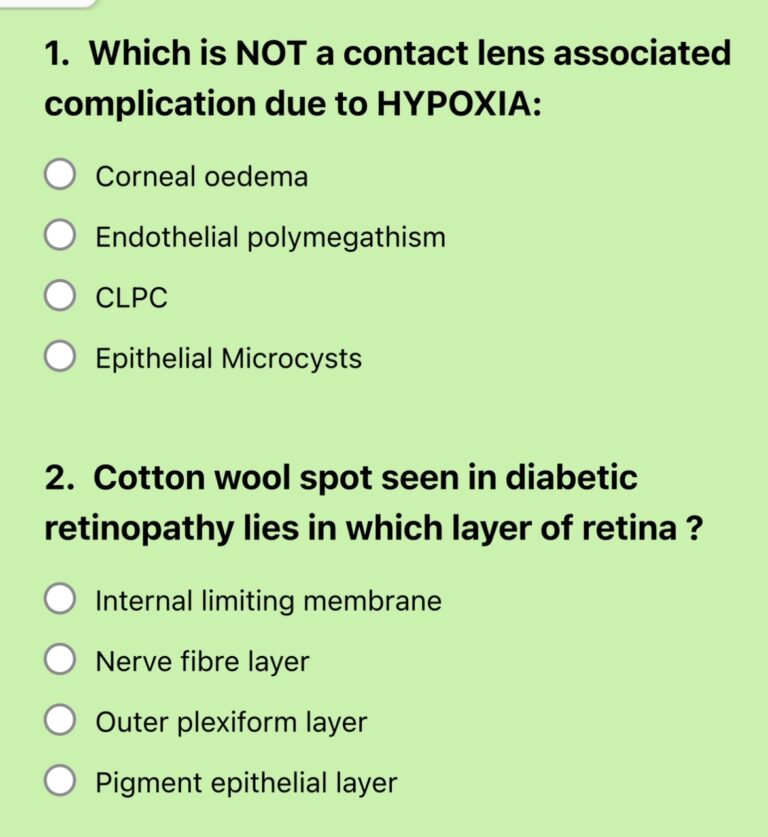
Welcome to the Optometry Quiz, where you can put your eye care knowledge to the test! Whether you’re a seasoned optometrist, a budding eye care professional, or just someone curious about the fascinating world of vision and eye health, this…
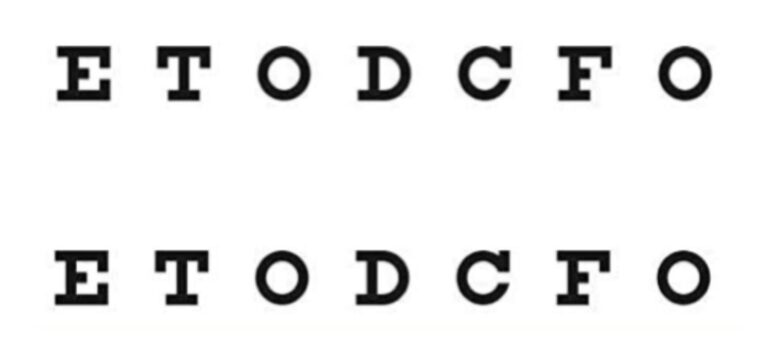
The procedure makes use of prisms to break the fusion between two eyes. The vertical prisms of the same amount are used to maintain equal degradation of image quality which is caused by prism. Don’t use horizontal prisms, as a…
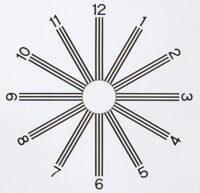
It consists of a series of the number of lines of equal length from the center and pointing towards a number similar to the face of a clock. Gaps between two numbers are equal to 30 degrees. Before reading procedure…
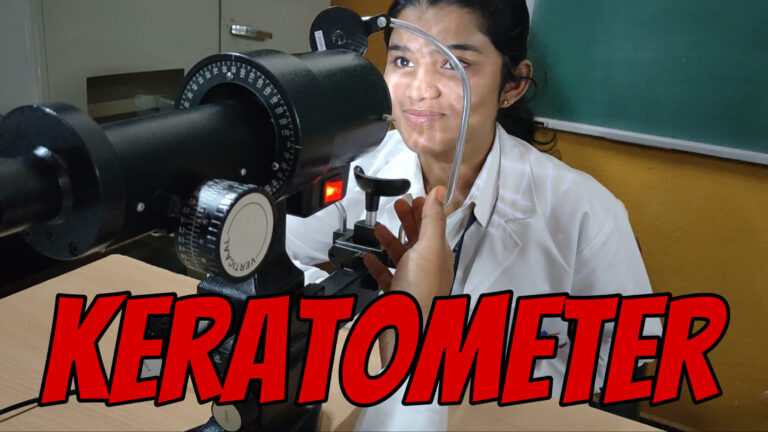
The keratometer is a specialized instrument used by optometrists and ophthalmologists to measure the curvature of the cornea. This measurement is important because it helps optometrists/ophthalmologists diagnose and manage a variety of eye conditions, such as astigmatism and keratoconus. In…

A lensometer is an optical instrument that is used to determine the refractive power and the prescription of eyeglasses or contact lenses. It is a crucial tool in the field of optometry. Mainly used for measuring the back vertex power…
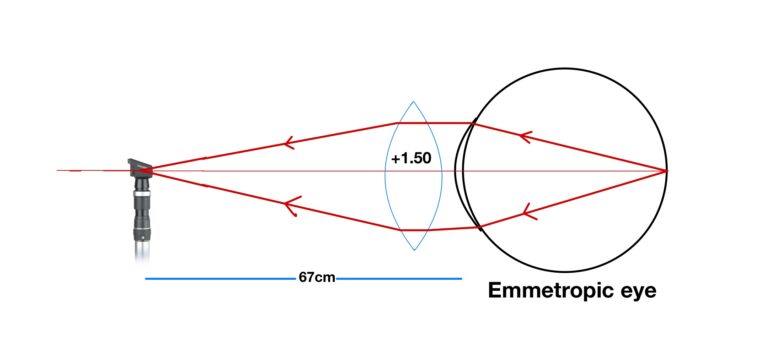
Retinoscopy is an optical diagnostic test used by eye care professionals to determine the refractive error of a patient’s eyes. It is a quick and accurate method of measuring the amount of correction required to produce a clear vision. The…

Introduction of JCC Jackson crossed cylinder is a combination of two cylinders of equal strength but of an opposite sign placed with their axis at 90 degrees to each other and mounted in a handle. Also known as the flip…
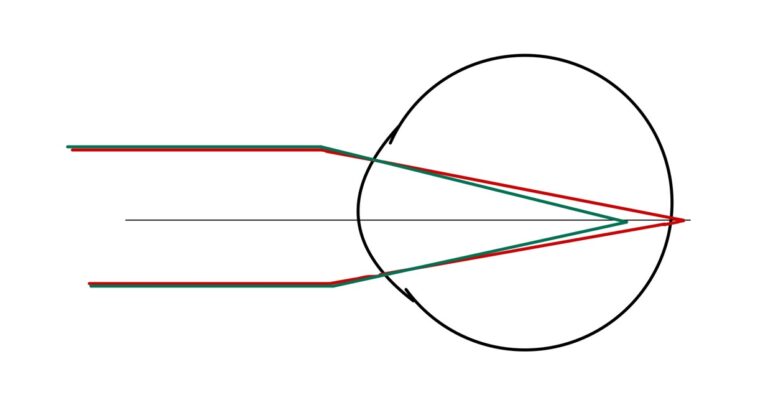
Duochrome test is a manual procedure that is performed as part of the subjective refraction process. Duochrome test is performed using a distance visual acuity chart with black letters, and the chart is split equally into two identical halves. Left…

Q1. Hint: Patient is wearing RGP contact lens from past 1 year and has complaint of burning sensation, itching and dry eyes.a. Identify the condition?b. How will you manage? Click below to show answer Show answer a) 3 and 9…

Conjunctivitis, sometimes known as “pink eye,” is an infection- or allergy-related inflammation of the conjunctiva (a thin, clear membrane that covers the inside of the eyelid and the white part of the eye). The pink eye comes in a variety…

BINOCULAR VISION AND SPACE PERCEPTION Slide 1 Slide 2 Relative subjective visual direction Slide 3-5 Retinomotor values Slide 6-7 Common relative subjective visual direction Slide 8-11 Retinal correspondence Slide 12 Horopter Slide 13 Panum’s fusional space/ area Slide 14 Fixation…
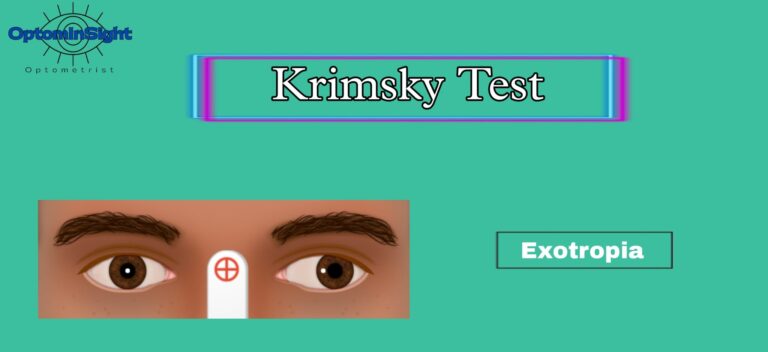
The Krimsky test is a widely accepted method of assessing the angle of deviation in strabismic patients. The Krimsky test is a modified version of Hirschberg’s Test, based on the well-established principle of Hering’s law of equal innervation. Krimsky test…
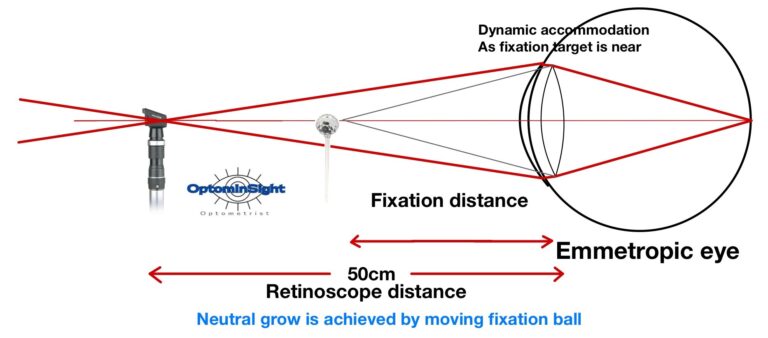
This procedure involves the use of a shiny steel ball, typically gold or silver in color, which is attached to a stick. The examiner holds the stick along the midline, at a certain distance from the patient. This technique derives…
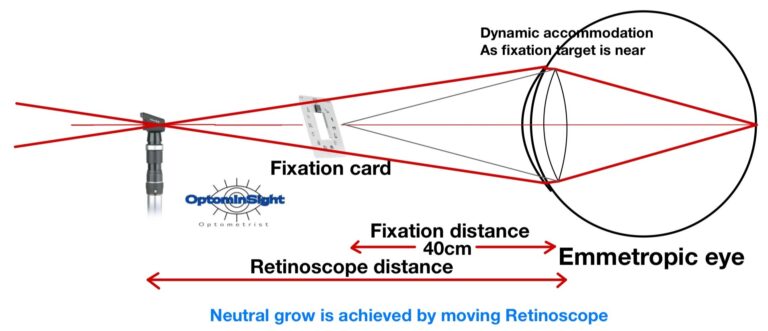
Nott retinoscopy is a technique similar to MEM (Monocular Estimated Method). In Nott retinoscopy, a fixation card (typically 6/6 in size) is positioned 40 cm away from the patient’s eyes. The card can be held by the patient or mounted…
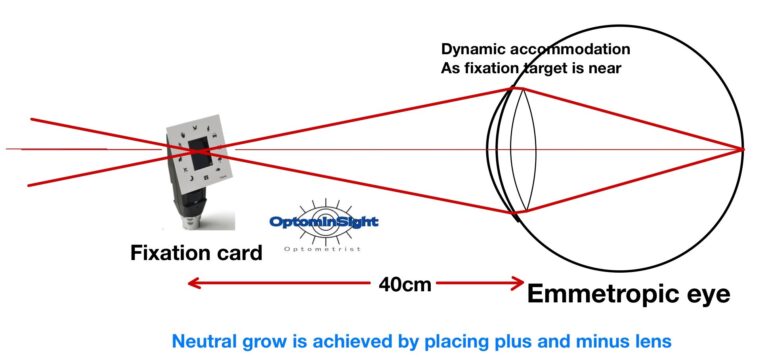
MEM is a dynamic retinoscopy technique involves the use of a retinoscope with a series of cards attached to its head using magnets, such as the Welch Allyn retinoscope. These cards have a central aperture that helps the examiner align…
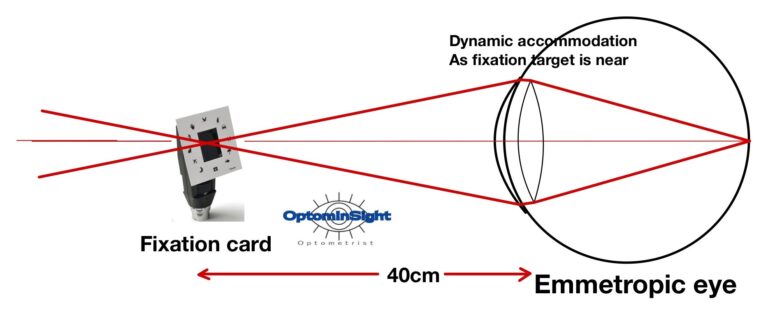
Static Retinoscopy In static retinoscopy, the patient is instructed to focus on a distant target positioned 6 meters away, which is considered to be at optical infinity. The reason for using 6 meters as the standard distance for retinoscopy is…